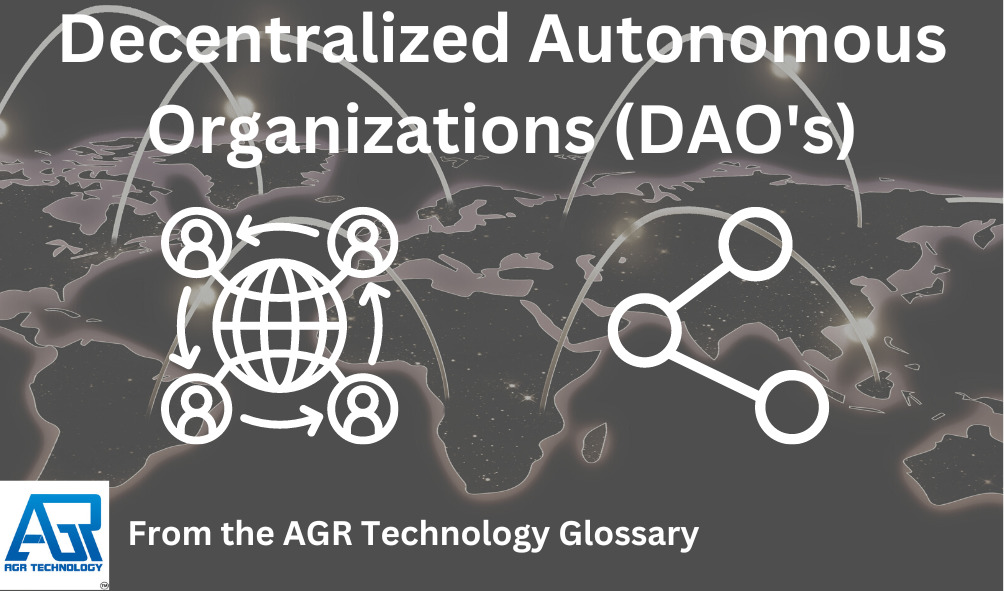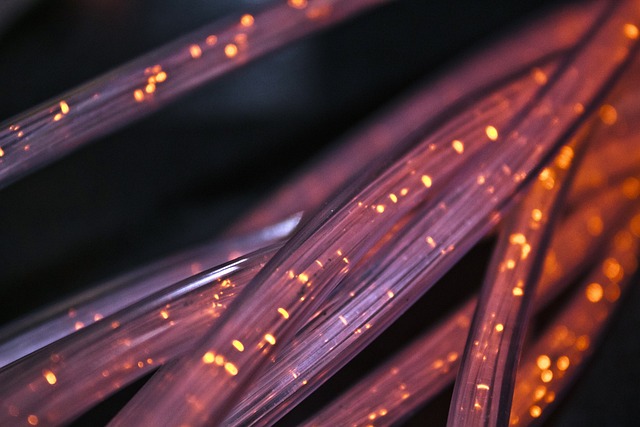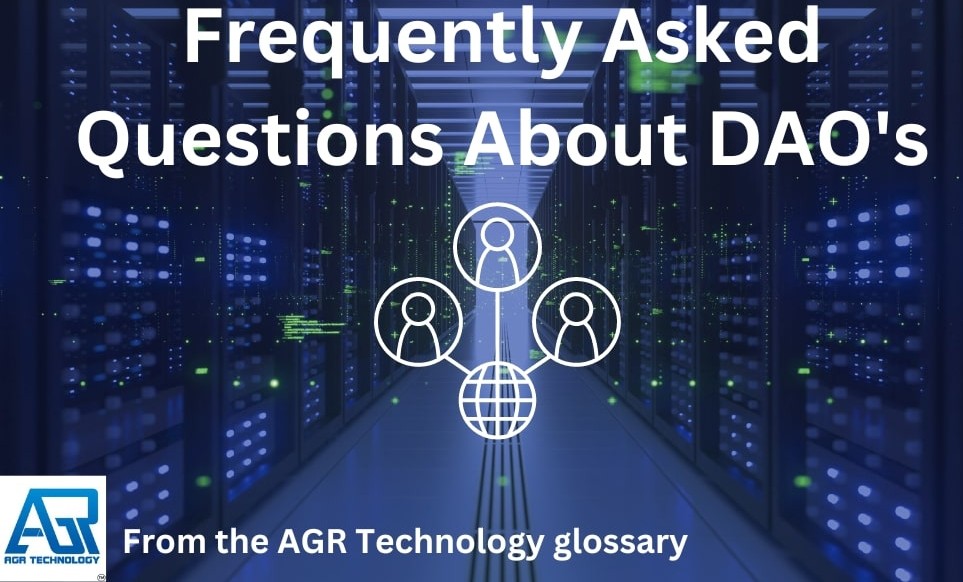Introduction

A decentralized autonomous organization referred to as DAO for short is an organization built on rules encoded as a computer program that is frequently transparent, controlled by the organization’s members, and uninfluenced by a central government. DAOs are member-owned communities with no centralized leadership that keep financial transaction records and program rules on a blockchain.
The DAO, which amassed 3.6 million ether (ETH) and was hacked and drained of US$50 million in cryptocurrency, is a well-known example of this type of business organization. The hack was reversed in the weeks that followed, and the money was restored, thanks to a hard fork of the Ethereum blockchain. The majority of Ethereum miners and clients migrated to the new fork, while the original chain was renamed Ethereum Classic.
Also, be sure to read:
Best Crypto Apps & Platforms for Australians
Top Crypto Apps that Work in Dubai/UAE
List of some of the best Norway Crypto exchanges (Ranked)
Best Crypto/Bitcoin wallets & exchanges for New Zealand
List of apps and online exchanges you can use to buy/sell/trade Crypto in Hong Kong
List of some top Crypto trading applications for the Taiwan region
Buyers guide / Comparison of Cryptocurrency platforms for Singapore traders and end-users
How do they work?

In order for DAOs to properly operate they rely on “smart contracts” which are sophisticated software programs and algorithms designed to take into account different circumstances and possible options that a user may take in order to enact certain rules.
This enables actions to be taken and decisions that would otherwise be centralized to be divided up amongst the various peers in the network to allow for decentralization and fair rules for all users.
Pros & Cons of the approach

Pros
Autonomous:
An autonomous structure means that consensus (decision making) can be made quickly across all nodes on the network as opposed to traditional centralized structures with a top-down approach which can take a long time to make a decision.
Equality:
With investors having the chance to influence decisions about how to manage the future of the organizations, these projects can offer users opportunities for everyone to contribute to the overall project.
Any stakeholder can make suggestions for protocol updates or improvements, and everyone in the DAO can view them and voice their opinions through decentralized governance. This brings about more equality and access that would otherwise be unavailable to most end-users of a product.
Neutrality:
DAOs offer an organization a neutral setting devoid of managers or middlemen with significant power. A collection of predetermined rules and policies are encoded in code to form smart contracts, and the DAO handles their execution automatically.
This ensures that predefined activities take place when they should with less chance of bias from differing personalities in management. This can become a valuable advantage for an organization’s workflow operating in the Blockchain.
For additional neutrality and to be transparent the software code for the “consensus” component is usually made open source meaning the code is shared online for other programmers to analyze and verify its integrity.
Reduction in costs & increased efficiency
DAOs are a low-cost solution for decentralized organizations because they eliminate intermediaries and lower transaction costs. Many processes can be automated using smart contracts, reducing the need for manual intervention and saving time and resources.
As a result, DAOs are an appealing choice for organizations looking to cut costs while increasing efficiency and transparency whilst achieving scale with their applications.
A supply chain management DAO, for example, could use smart contracts to automate the tracking of products and payments, eliminating the need for intermediaries (e.g. Kickstarter or GoFundMe) and manual intervention.
A crowdfunding DAO would help to automate the fundraising process and openly distribute funds, lowering transaction costs and increasing transparency between everyone involved.
Cons
Potential regulatory questions:
DAOs function in a legal and regulatory grey area, creating uncertainty and the possibility of legal challenges. Because they operate in numerous jurisdictions, determining which laws and regulations pertaining to them and how they can comply with them can be difficult.
Furthermore, DAOs may encounter regulatory challenges as regulators try to classify and regulate their operations which can vary in different areas and potentially interfere with the functionality of the whole project or for some users in certain regions.
Potential code security vulnerabilities:
Because of their dependence on smart contracts and their decentralized nature. Code exploits, Phishing, Supply chain breaches, and governance errors are some examples of vulnerabilities that may arise.
The DAO which was mentioned above was hacked back in 2016. This security breach resulted in the theft of millions of dollars worth of cryptocurrency assets.
This incident highlighted DAOs’ possible risks and vulnerabilities. Various security measures and best practices have been created since then to improve DAO security alongside conventional measures like 2FA however the risk of vulnerabilities remains if the code is misconfigured or the project has design flaws.
Potential for consolidation of voting power in the network
Despite setting out to be decentralized and peer-to-peer with equality in mind they often rely on DAO tokens to participate which means that investors or groups who can accumulate enough tokens and control enough nodes of the network can influence the decision-making process of the DAO.
This is known as a 51% attack where an individual or individual(s) is able to control enough nodes where they effectively control the platform.
This can be mitigated early on when the DAO is been created and the consensus protocol is designed to ensure early members cannot accumulate too much power but it is still an inherent risk.
How do DAOs make money?
A DAO project can raise money in a few different ways such as:
Donations
Some projects accept donations from individuals or businesses to support the ongoing growth and promotion of the DAO project.
Token trading
A DAO begins by raising funds by exchanging cash for its native token. This native token represents the distribution of voting power and ownership among members. The value of the native token will rise if a DAO is successful similar to a company on the stock market with its IPO (Initial Public Offering).
Investments
If the members of the DAO agree the project can make investments which in turn have the potential to generate profits for the members of the network.
FAQs about the topic:

Who controls a DAO crypto?
Governance. Tokens or NFTs that grant voting rights are used to coordinate DAO governance. Membership in a DAO is restricted to those who have proven ownership of these governance tokens in a Bitcoin wallet, and membership can be traded.
Is Bitcoin a DAO?
No, whilst Bitcoin started out in a similar way to a DAO its Blockchain network has expanded considerably and it is no longer considered a DAO by current standards but instead one of the many Cryptocurrencies. When the Bitcoin network wants to update the protocol, the network must agree.
Conclusion
We hope you found this resource page to be helpful and learned more about the technology that makes up a DAO. For other content like this be sure to check out the links below as well as our tech blog and business services for more.
Related content from our knowledge base:
Prominent companies & people involved in Crypto
Updated price data to help you pick the best Cryptocurrencies to buy now
What is Know Your Customer (KYC)?
What is a Neobank and how does it work?
Cryptocurrency Market Analysis Definition
Blockchain Explorer Definition
Tips to choosing quality CFD trading brokerages in Dubai
What are Initial Exchange Offerings (IEOs)
List of platforms to help you accept Cryptocurrency payments on your website
Some of the best small business loan apps in Australia
Crypto Mining Profitability Calculator
Net worth calculator – online tool
Mortgage affordability calculator – online tool
Buying guide to help you choose the best CFD brokers & apps in Australia
Crypto Mining Conversion Calculator
Leading Cryptocurrency exchanges for Indian users
Top-rated Crypto exchanges for South Africa
Some of the best Cryptocurrency exchanges & apps for Saudi Arabia
Some of the best small business loan providers for Perth
Top Alternatives to Swyftx for Australian Crypto users
Top-rated Alternatives to Etoro for Australian CFD traders
Some of the best Cryptocurrency exchanges/apps for Canadians
Different commercial loan brokers for Melbourne businesses
Top Sydney commercial loan brokers & platforms – curated list
Collection of some of the best day trading platforms for Australians
ICO Marketing Solutions to help brands capture more online reach
CMC Markets Alternatives for Australian end-users wanting to start trading
Coinspot alternatives platforms Australians wanting to get started with Cryptocurrencies
Services to help you recover lost Crypto from your devices
List of some top Etoro alternatives for Australian forex traders
What to look for when choosing a neobank app
Web3 Marketing Services By AGR Technology to help brands reach more users
*Citation(s) & image credits:
(2014). Decentralized autonomous organization [Online]. Wikipedia. Available at: https://en.wikipedia.org/wiki/Decentralized_autonomous_organization (Accessed: 9 March 2023).
“Decentralized autonomous organizations (DAOs)”, Ethereum.Org. [Online]. Available: https://ethereum.org/en/dao/. [Accessed: 2-Apr.-2023].
T. Locke, (2021). What are DAOs? Here’s what to know about the ‘next big trend’ in crypto [Online]. Available at: https://www.cnbc.com/2021/10/25/what-are-daos-what-to-know-about-the-next-big-trend-in-crypto.html (Accessed: 2 April 2023).
(2022). How DAOs make money and the tools that keep them going [Online]. BIT Blog. Available at: https://blog.bit.com/how-daos-make-money-and-the-tools-that-keep-them-going/ (Accessed: 5 April 2023).
C. Stella, (2017). How To Make Money in A DAO [Online]. HackerNoon. Available at: https://hackernoon.com/how-to-make-money-in-a-dao-94b14aefaca6 (Accessed: 6 April 2023).
Decentralized Autonomous Organization (DAO): Definition, Purpose, and Example. (2022, September 23). Investopedia. https://www.investopedia.com/tech/what-dao/
KARSAATHI, CC BY-SA 4.0, via Wikimedia Commons
1 Sept. 2013, i1.wp.com/www.businesshorsepower.com/wp-content/uploads/2013/02/trust3.jpg. Accessed 1 July 2023.
“Designing Trust into the Global Networked Economy.” Transmedia Newswire. March 18, 2017. Accessed July 1, 2023. https://geobrava.wordpress.com/2017/03/18/designing-trust-into-the-global-networked-economy/.
![logo-new-23[1] logo-new-23[1]](https://cdn-ihdfn.nitrocdn.com/eZVJvoSTyVixkEUySRKiaseNtUlmgCyu/assets/images/optimized/rev-e93b6b3/agrtech.com.au/wp-content/uploads/elementor/thumbs/logo-new-231-qad2sqbr9f0wlvza81xod18hkirbk9apc0elfhpco4.png)